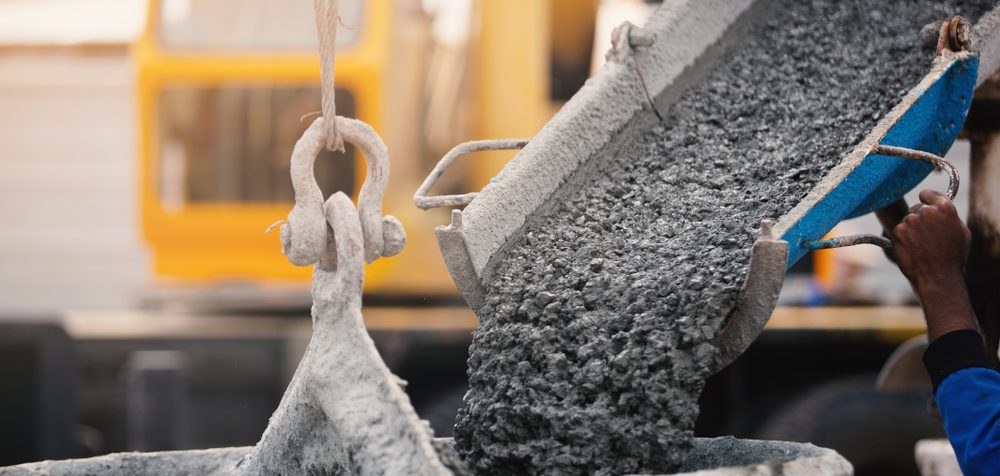
A team at MIT has discovered that introducing new materials into existing concrete manufacturing processes could significantly reduce concrete’s carbon footprint – whose production is currently estimated to be responsible for 8% of global carbon dioxide emissions.
The manufacturing of concrete releases large quantities of carbon dioxide, both as a chemical byproduct of cement production and in the energy required to fuel these reactions. Approximately half of those emissions are produced from the burning of fossil fuels, which are used to heat up a mix of limestone and clay that ultimately becomes ordinary Portland cement (OPC). Steps are being taken to use electricity generated from renewable solar or wind sources in order to reduce these numbers, but other 50% of the emissions arise from the material itself. As the mineral mix is heated to temperatures above 1,400 degrees Celsius, it undergoes a chemical transformation from calcium carbonate and clay to a mixture of clinker and carbon dioxide which is released into the air.
During the production of concrete, OPC becomes highly alkaline, making it an ideal environment for the sequestration and long-term storage of carbon dioxide in the form of carbonate materials. However, concrete carbonation can both weaken the material and lower the internal alkalinity, which accelerates the corrosion of the reinforcing rebar. This will ultimately destroy the load-bearing capacity of the building and negatively impact its long-term mechanical performance.
MIT’s new carbon dioxide sequestration pathways relies on the very early formation of carbonates during concrete mixing and pouring, before the material sets, which could largely eliminate the detrimental effects of carbon dioxide uptake after the material cures. By simply adding sodium bicarbonate – common baking soda – up to 15% of the total amount of carbon dioxide associated with cement production could be mineralized during these early stages. They also found that the resulting concrete sets much more quickly without impacting its mechanical performance.
“It’s all very exciting,” co-author Admir Masic said, “because our research advances the concept of multifunctional concrete by incorporating the added benefits of carbon dioxide mineralization during production and casting.”
The new composite is a mix of calcium carbonate and calcium silicon hydrate, and Masic states it “is an entirely new material. Furthermore, through its formation, we can double the mechanical performance of the early-stage concrete. While it is currently unclear how the formation of these new phases will impact the long-term performance of concrete, these new discoveries suggest an optimistic future for the development of carbon neutral construction materials.”
“Our new discovery could further be combined with other recent innovations in the development of lower carbon footprint concrete admixtures to provide much greener, and even carbon-negative construction materials for the built environment, turning concrete from being a problem to a part of a solution,” Masic added.
